
Sid Meier's Alpha Centauri is a 4X video game, considered a spiritual sequel to the Civilization series. Set in a science fiction depiction of the 22nd century, the game begins as seven competing ideological factions land on the planet Chiron ("Planet") in the Alpha Centauri star system. As the game progresses, Planet's growing sentience becomes a formidable obstacle to the human colonists.

Duke Nukem 3D is a first-person shooter video game developed by 3D Realms. It is a sequel to the platform games Duke Nukem and Duke Nukem II, published by 3D Realms.

Quake II is a 1997 first-person shooter video game developed by id Software and published by Activision. It is the second installment of the Quake series, following Quake. The game's storyline is continued in its expansions, including one tying in Quake II and the first game, and Quake 4.

Unreal is a first-person shooter video game developed by Epic MegaGames and Digital Extremes and published by GT Interactive for Microsoft Windows in May 1998. It was powered by Unreal Engine, an original game engine. The game reached sales of 1.5 million units by 2002.
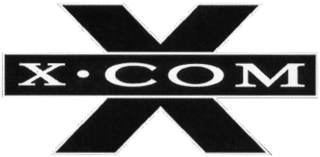
XCOM, is a science fiction video game franchise featuring an elite international organization tasked with countering alien invasions of Earth. The series began with the strategy video game X-COM: UFO Defense created by Julian Gollop's Mythos Games and MicroProse in 1994. The original lineup by MicroProse included six published and at least two canceled games, as well as two novels. The X-COM series, in particular its original entry, achieved a sizable cult following and has influenced many other video games; including the creation of a number of clones, spiritual successors, and unofficial remakes.

Master of Orion is a turn-based, 4X science fiction strategy game in which the player leads one of ten races to dominate the galaxy through a combination of diplomacy and conquest while developing technology, exploring and colonizing star systems.

Doom II, also known as Doom II: Hell on Earth, is a first-person shooter game in the Doom franchise developed by id Software. It was released for MS-DOS in 1994 and Macintosh in 1995. Unlike the original Doom, which was initially only available through shareware and mail order, Doom II was sold in stores.

X-COM: Apocalypse is a 1997 science fiction tactical strategy game. It is the third game in the X-COM video game series. It was developed by Mythos Games, and published by MicroProse in 1997 for DOS and Microsoft Windows.
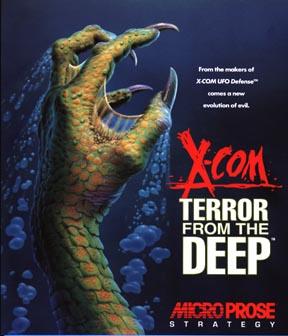
X-COM: Terror from the Deep is a strategy video game developed and published by MicroProse for the PC in 1995 and for the PlayStation in 1996. It is a sequel to X-COM: UFO Defense and the second game of the X-COM series, this time taking the war against a renewed alien invasion into the Earth's oceans.

Battlezone is a first-person shooter real-time strategy video game, developed and published by Activision. It was released for Microsoft Windows in 1998. Aside from the name and presence of tanks, this game bears little resemblance to the original arcade game of the same name. Activision remade it into a hybrid of a tank simulation game, a first-person shooter and a real-time strategy game. In Battlezone the player is controlling everything on the battlefield from the first person view.

GameSpy was an American provider of online multiplayer and matchmaking middleware for video games founded in 1999 by Mark Surfas. After the release of a multiplayer server browser for Quake, QSpy, Surfas licensed the software under the GameSpy brand to other video game publishers through a newly established company, GameSpy Industries, which also incorporated his Planet Network of video game news and information websites, and GameSpy.com.

Jazz Jackrabbit 2 is a 1998 platform game produced by Epic MegaGames. It was released for Windows, and later for Macintosh. Like the first game, Jazz Jackrabbit, Jazz Jackrabbit 2 is a side-scrolling platform game but features additional multiplayer options, including the ability to play over a LAN or the Internet. The game was re-released on GOG.com along with the first game on November 30, 2017.

POD: Planet of Death is a futuristic racing video game for Microsoft Windows released by Ubi Soft in 1997.
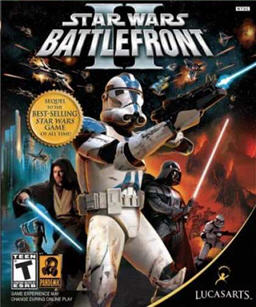
Star Wars: Battlefront II is a 2005 first and third-person shooter video game based on the Star Wars film franchise. Developed by Pandemic Studios and published by LucasArts, it is a sequel to 2004's Star Wars: Battlefront and the second installment in the Star Wars: Battlefront series. The game was released in PAL regions on October 28, 2005, on the PlayStation 2, PlayStation Portable (PSP), Microsoft Windows, and Xbox platforms, and in North America on November 1 of the same year. It was released on the PlayStation Store on October 20, 2009, for download on the PSP. The PSP version was developed by Savage Entertainment.

Master of Orion II: Battle at Antares is a 4X turn-based strategy game set in space, designed by Steve Barcia and Ken Burd, and developed by Simtex, who developed its predecessor Master of Orion and Master of Magic. The PC version was published by MicroProse in 1996, and the Macintosh version a year later by MacSoft, in partnership with MicroProse. The game has retained a large fan base, and is still played online.

Jazz Jackrabbit is a 1994 platform game developed and published by Epic MegaGames. It was released for MS-DOS-based computers. The game was re-released on GOG.com along with Jazz Jackrabbit 2 on November 30, 2017, with support for Windows, macOS, and Linux.
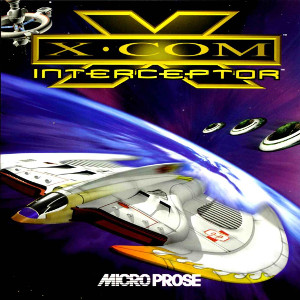
X-COM: Interceptor is the fourth main game in the X-COM series, developed and published by MicroProse in 1998. The game is a combination of many genres, including space flight simulation, business simulation game and strategy game elements. More specifically, the player's role includes managing a number of X-COM space stations, piloting starfighters during hostile encounters whilst co-ordinating wingmen, and managing resources and research. X-COM Interceptor, although released as the fourth game, is actually set before X-COM: Apocalypse, thus making it the third game in the chronological order. The game was re-released in 2008 for Steam and GamersGate, and again in 2016 on GOG.com.
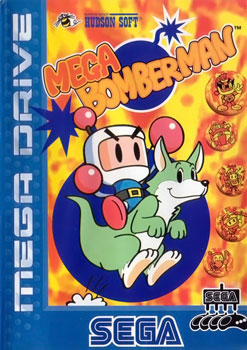
Bomberman '94 is a video game from the Bomberman series which was developed and published by Hudson Soft for the PC Engine and released on December 10, 1993, in Japan. It was later re-developed by Westone and re-published by Sega as Mega Bomberman on the Sega Mega Drive/Genesis in 1994 in other areas. The PC Engine Bomberman '94 was later released outside Japan through the Virtual Console and the PlayStation Network.

Magic: The Gathering is a video game published by MicroProse in March 1997 based on the collectible card game Magic: The Gathering. It is often referred to as Shandalar after the plane of Shandalar, where the game takes place. The player must travel the land and fight random enemies to gain cards, and defeat five wizards representing the five colors. The player must prevent one color from gaining too much power, and defeat the planeswalker Arzakon, who has a deck of all five colors. Adventure and role-playing elements are present, including inventory, gold, towns, dungeons, random battles, and character progression in the form of new abilities and a higher life point total. An oversized version of Aswan Jaguar was included in the game box.
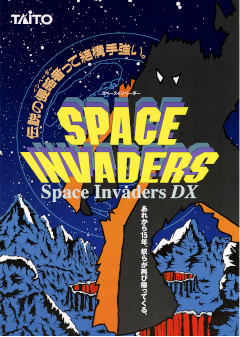
Space Invaders DX is a 1993 fixed shooter arcade game developed and published in Japan by Taito. It has been re-released for several consoles since, including the Super Nintendo Entertainment System, PC Engine Super CD, and Sega Saturn — several of these conversions use the name Space Invaders: The Original Game. The player assumes control of a laser base that must fend off waves of incoming enemies, who march down in formation towards the bottom of the screen. It is the fifth entry in the long-running Space Invaders series. DX contains four variations of the original Space Invaders, in addition to a multiplayer mode and a "Parody Mode" that replaces the characters with those from other Taito franchises. Home ports of DX received mixed reviews for their high price point and general lack of content.



















